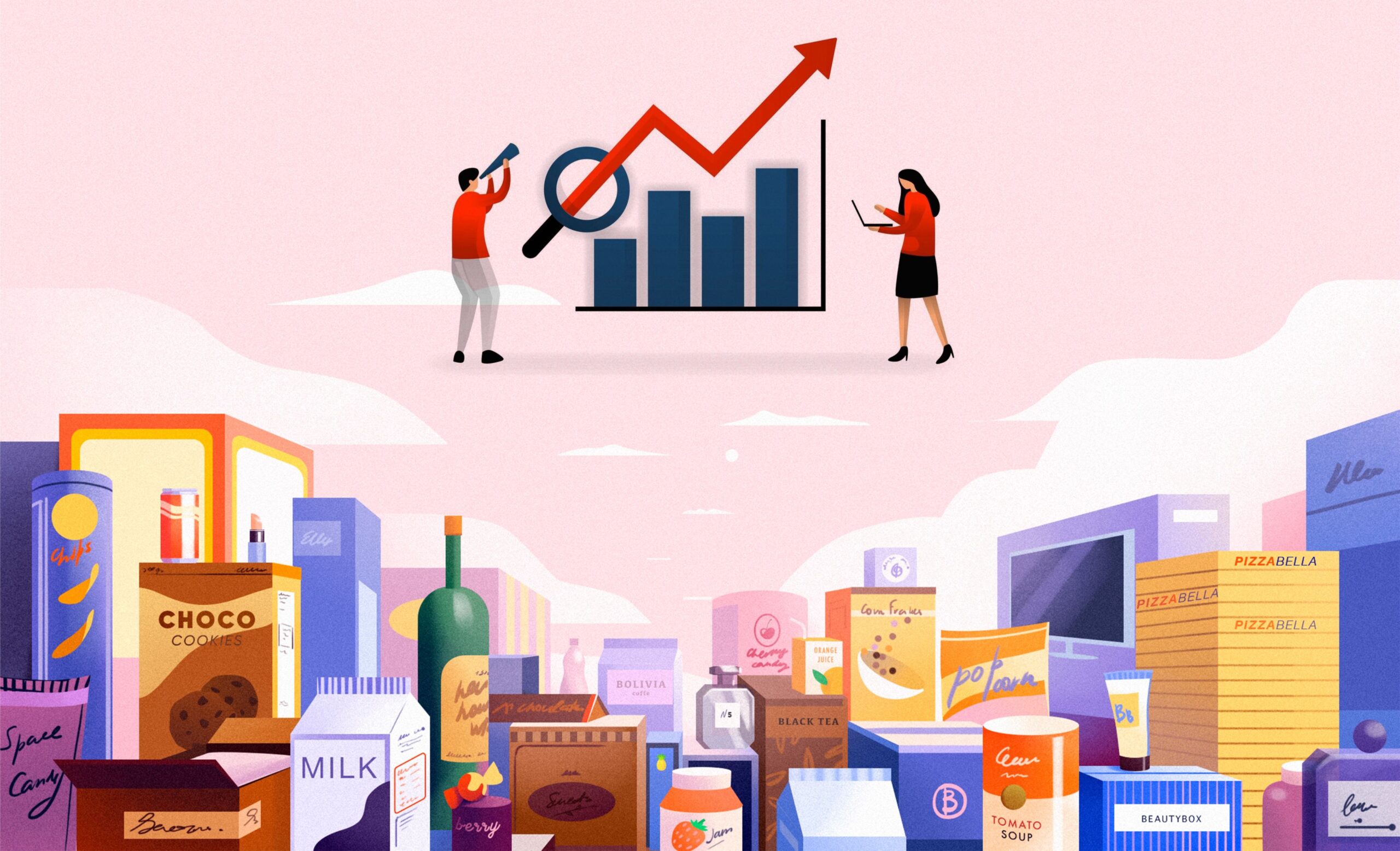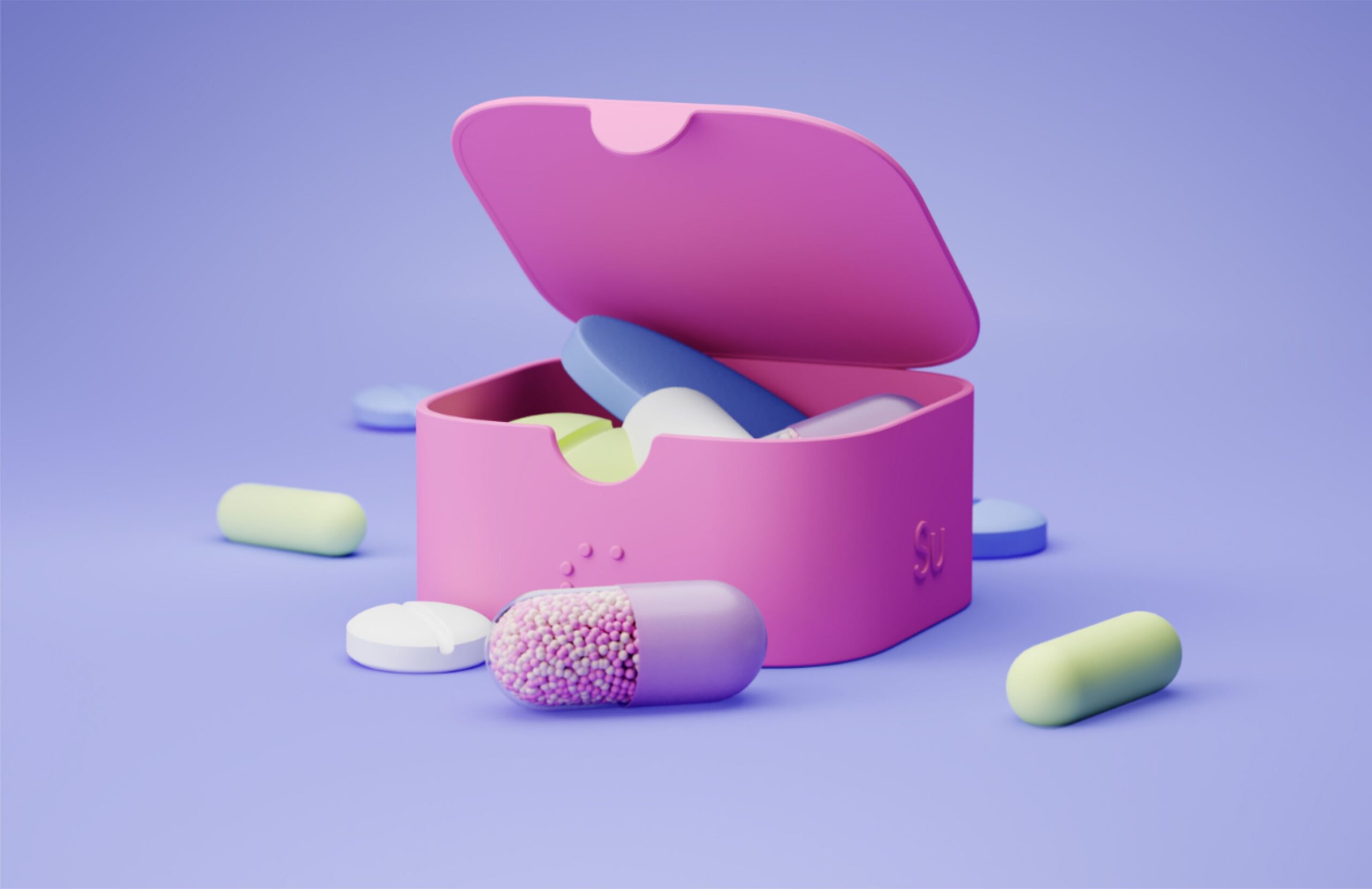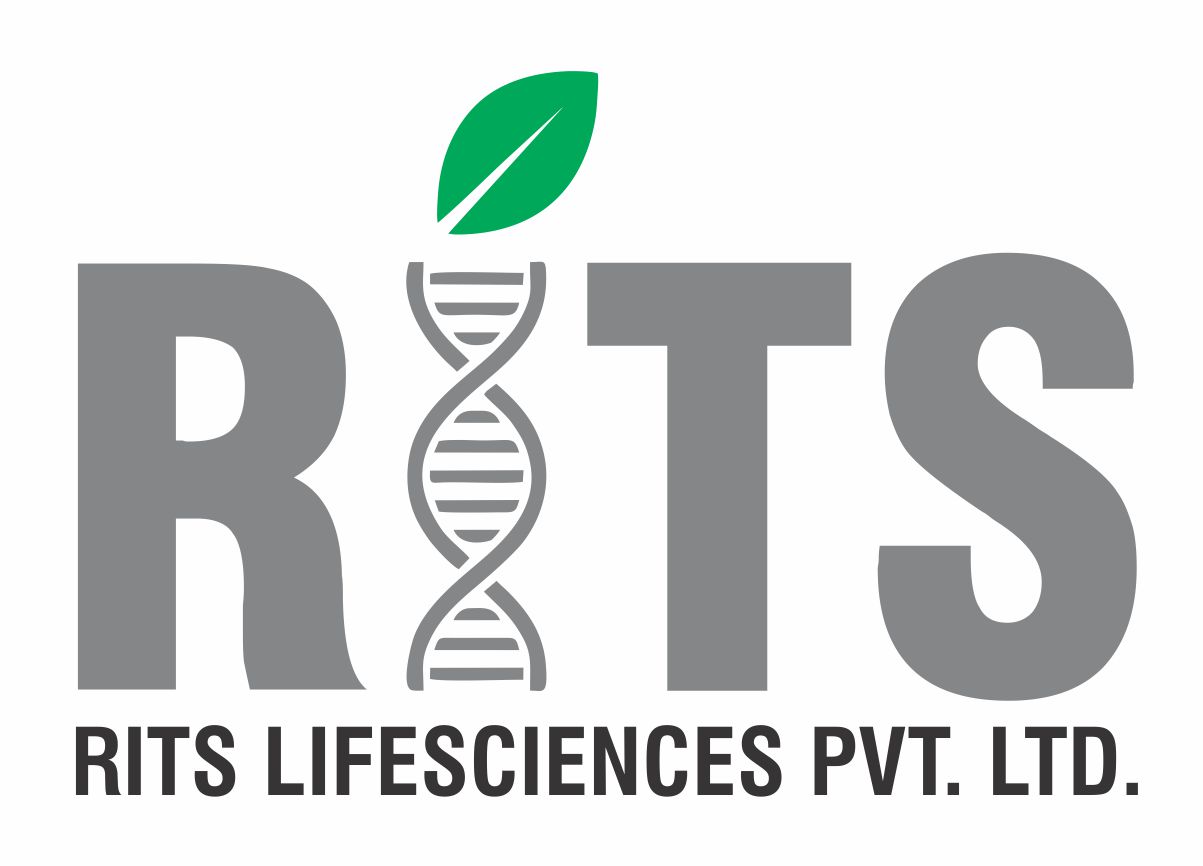
A package of goods is not just an outer shell. It’s an essential component of a successful brand and a medium for consumer communication. It’s a marketing tool that helps you sell instantly and increase your sales by over 30%. Some manufacturers don’t understand how important packaging is and are trying to save money on it. This is not just a mistake, but a misunderstanding of market mechanisms and consumer psychology, leading to financial losses. Investing in effective custom package design yields big dividends for the business. A product in an apposite package sells itself, allowing to save advertising costs.
In today’s competitive market, where consumer choices abound, the impact of product design and label design on sales cannot be overlooked. Whether you are introducing a new product or refreshing an existing one, the design elements play a pivotal role in influencing consumer perceptions and purchase decisions.
A proper design of the package is a guarantee that the buyer will notice the product on the shelf or the website page, considers it to be attractive, high-quality, and trustworthy. Only 6–8 seconds — and the buyer decides whether to purchase the product or not. Good package design makes a brand special, recognizable, and loved, attracts new clients.
Many people collect beautiful boxes and bottles, some cannot throw away the bags and wrappers, and somebody collects labels! What businessman would not enjoy this attitude towards their products? How to make a package that the customer feels even sorry to throw away?

Mainly, there are some key point that attracts customers to buy product.
1. Capturing Attention: The initial visual appeal of a product is crucial in grabbing the consumer’s attention. Effective product design utilizes elements such as shape, color, and packaging to stand out on crowded shelves or online platforms. Similarly, label design should be eye-catching yet informative, guiding the consumer’s gaze to key selling points and essential information.
2. Creating Perceived Value: Perception is key in consumer behavior. A well-designed product and label convey quality, professionalism, and attention to detail. This perception of high value can justify premium pricing, leading consumers to believe they are investing in a superior product. Consequently, this can increase profit margins and support a brand’s premium positioning strategy.
3. Building Brand Identity: Consistency in design across products and labels reinforces brand identity. Effective branding creates a recognizable and memorable image in consumers’ minds, fostering trust and loyalty over time. Strong brand identity not only attracts initial attention but also encourages repeat purchases as consumers associate positive experiences with your brand.
4. Enhancing User Experience: User experience encompasses every interaction a consumer has with a product, including its design and usability. Clear and intuitive label design ensures that consumers can easily understand product benefits, usage instructions, and ingredients. Thoughtful design enhances user satisfaction, reducing the likelihood of confusion or dissatisfaction that could deter repeat purchases.
5. Differentiating from Competitors: In a saturated market, differentiation is crucial for success. Unique product and label design set your brand apart from competitors and create a distinct market position. By aligning design choices with your brand’s values and target audience preferences, you can attract consumers who resonate with your brand’s identity and aesthetic.
6. Evoking Emotions and Building Connections: Design has a profound impact on emotional responses. Colors, fonts, and imagery can evoke specific emotions and associations that resonate with consumers on a subconscious level. By strategically using design elements, brands can create meaningful connections with consumers, fostering loyalty and advocacy.
Good Product Design Increases Customer Satisfaction

The end goal of any sales strategy is to create repeat customers. So, with the design of your product, you want to create a user experience that makes customers want to continue to buy your brand. A user’s buying process should be smooth from start to finish, including using their new product.
Even if a product is aesthetically pleasing, it will fall flat if its user interface is clunky. User-friendliness is the element of product design that plays the largest role in customer satisfaction. If a customer becomes confused by your interface, they will become frustrated and dissatisfied with the item. A well-designed product should be easy for your customers to use even if they are unfamiliar with it.
Conclusion
Packaging design has become essential in a business’s growth and marketing plan, serving as a communication channel and a silent salesman. Therefore, companies must invest in visually appealing, innovative, high-quality packaging that reflects their brand’s identity. By doing so, they can improve the customer experience, increase sales, and strengthen their brand’s position in the market.



